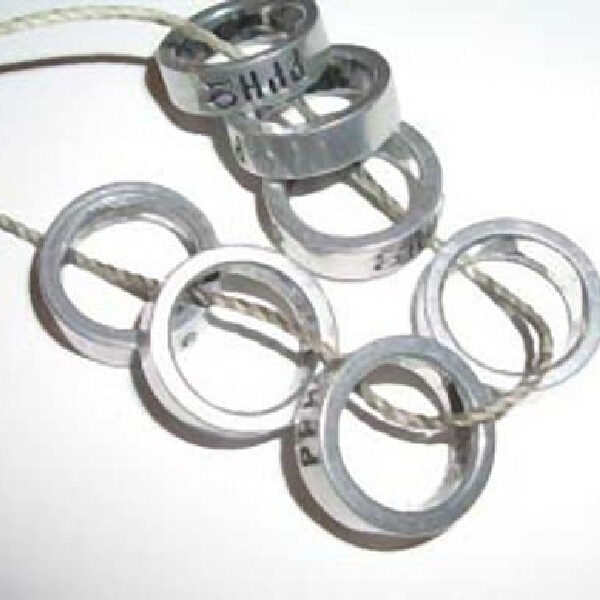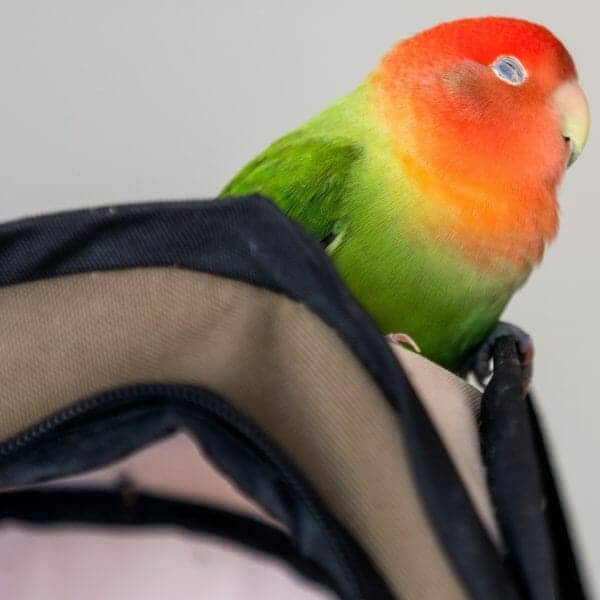
Check Out Farming Parrots in Their Gardens
Last Updated on by Catherine Tobsing
– are they the real macaws?
Generally speaking, the answer is ‘No, parrots do not make good “Intentional” farmers as they destroy more than they build. Ironically that mess on your floor which was clean 15 minutes ago is an example of nature’s way of using birds as agents to spread seeds throughout the earth. As an example, birds do not have receptors for capsaicin, the protein that makes peppers hot, so birds will still eat the peppers and disperse the seeds. You and I on the other hand will need to drink lots of beer to put out the mouth fire.
Before moving forward I’d like to note that what you are about to read is a digital collaboration between me and Nora – unbeknownst to her as I write this but she will be making the final edits on this post. The original title was “Grow a Garden for Your Parrot” but clearly, there is a difference between what men think about parrots and farming and what women think about growing stuff for parrots
What’s interesting is the day Nora completed a final draft of this blog post I received the following question from Shelly C, a Windy City Parrot customer:
My family loves to cook, but we often wonder if the spices we use are safe for our birds. For example, this morning our banana pancakes which included some ingredients I am not sure about, such as nutmeg, & ginger. Then I wonder about other spices in other dishes. Is there any trusted resource that you recommend to reference or overall people food lists? So much conflicting info is found on the internet that I don’t know what to trust. Thank you.
Anyone can plant a garden for their parrot and provide fresh greens and seed heads that are close to nature and a nutritious, natural treat for their parrots. Every bird, from small to large, loves to have fresh greens to nibble on and play in.
My reply:
and here they are – on the internet – safe spices and herbs for birds: Alfalfa Leaf – Anise – Astragalus Powder – Barley Grass – Basil – Bee pollen – Borage blossoms – Bottlebrush – Cayenne Pepper – Chickweed – Chili Flakes – Cinnamon – Coriander/cilantro – Dandelion Leaf – Dill Weed – Fennel – Flaxseed – Garlic powder – Ginger Powder – Lemon balm – Milk Thistle Seeds – Oregano – Paprika – Red Clover Blossoms – Red Raspberry Leaf – Rose Hips – Rosemary – Sage – Thyme – Turmeric Root – Wheat grass.
Some of us have access to fancy-schmancy grocery stores where any of the aforementioned herbs and spices can be purchased. Some of us do not. Some of us choose to “grow our own” which is where Nora delivers some outstanding ideas on growing your own herb garden for your birds.
“Hey Mitch, you’re teasing us, it’s after Labor Day, we’re going in the fall – who the heck gardens in the fall? To that I say “talk to the folks at http://www.harvesttotable.com/ and they will tell you herbs well suited for growing in cool weather are cilantro, chervil, chives, dill, and parsley. Unlike warm-weather summer-grown herbs, cool-weather herbs can be sown directly in the garden a month or more before the last frost in spring for late spring harvest and again in late summer for fall harvest.
Cool-season herbs grow best in soil rich in aged compost. Compost-rich soil retains moisture, is well-drained, and contains the important nutrients necessary for cool-season herbs to thrive. (Many warm-weather herbs such as rosemary are native to the Mediterranean and will grow well in less-fertile conditions.)
Better yet according to Nora – In some areas, like her home in Central Florida, parrot gardens can be grown outdoors all, or on a cold year, nearly all year round. In fact, she spent part of Labor Day planting late-season sunflowers as a new experiment and lots of outdoor bird seeds as well as all types of herbs in outdoor containers, ones she can move inside or cover if we get a weird winter and can’t wear shorts all but a few days this year.
Here are Nora’s words:
Yes, we really do wear shorts in winter here frequently or layer so we start in t-shirts and end up in tank tops. We own tons of “slaps”, i.e. flip-flops and two or three pair of closed shoes unless our jobs require other dresses. Honestly, the one pair of boots I own is solely in case I’m invited to ride a motorcycle with a friend rather than protection from cold, ice or snow — and I’m female, known to be a shoe hog! But I live in a sub-tropical climate here. The only warmer zone in the lower 48 US is Miami and south of there, which is fully tropical. While Mitch is unpacking his winter coats for cleaning and prepping for fall, I’m still planting outdoors and expect to see nothing cooler than 55 degrees at the lowest before January, if then. But back to gardening again.
Not having a place to plant outdoors or living in a cold climate should not stop you from providing fresh healthy garden treats for your birds. Just plant your garden indoors in containers. It also makes sense to combine indoor and outdoor gardens at various times of year, depending on the local climate, space and convenience. Bird seed germinate quickly and grow fast, so many areas in the moderate states can get in a short outdoor garden still this season.
In the wild, parrots forage for freshly developed seed heads and these make up a large component of their diets. In Australia, budgies fly in huge flocks and alight on grain fields, wreaking havoc on the crop in a matter of minutes as they devour the fresh seeds. Unfortunately, farmers shoot the birds because they are a nuisance and costly to their crop harvests.
“huge” understates the size of this budgie flock
An aside: Budgerigars, the name for the common parakeet we know today, hail originally from Australia. While Wikipedia says the origin of the name is unclear, I read somewhere years ago that it comes from an Aborigine’s word that loosely translates to ‘pretty good eating’. Of course, at that time I also read that birds don’t have saliva, and we know better today. So, don’t take me to court if this is wrong based on today’s facts. But, lets get back to gardening.
The seeds contained in birdseed mix are mature and dried. To the birds eating these seed, the experience can be compared to when you cook canned or dried beans. Providing greens from seed-bearing plants and fresh seed heads can be compared to when you purchase fresh beans at the grocery and prepare those instead of the preserved variety. Which is going to taste better and provide the most nutrition? The answer, of course, is you would choose the freshest, closest to the original natural plant when that choice is available to you. The same concept is true of your parrots.
It isn’t practical to grow the entire diet for your parrot. It is very possible, however, to provide these fresh treats frequently. Anyone can spare the space for a window box or large plant container or two.
If you have a small space outside in your yard, in your area’s growing season you can prepare soil for an outdoor plot of whatever size you feel you want. Amend the soil with some potting soil or compost if your soil is poor. If you feed a seed-based diet, your seed stock can be as simply as shaking cracked seed hulls out of your bird’s dish (that’s how I accidentally grew my first bird garden, just dumping seed and bottom trays outside for the wild birds to pick at more closely), removing any kibble in the mix and sprinkling the remaining uneaten seed over the prepared plot. If you serve pellets, it is easy enough to pick up a small bag of seed at the local pet shop. You’ll probably only want a quarter-pound of seed to begin your gardening efforts. Select the kind with no kibble/pellets if available, saves a lot of sorting time.
Seed the plot thickly and as plants appear, you can pluck and thin, saving the removed seedlings, roots and all. Wash off any excess dirt and serve it up to your parrots. They’ll have fun nibbling and playing with the thinned out shoots. Continue to thin and add more seeds periodically so the garden continually produces every stage of plant.
When you see plants bloom, wait for the seed heads to develop. Millet, wheat, and other seed heads should be allowed to develop seeds in the seed shell until the seed feels full. Once mature, it is ready to bring in and serve in small quantities every few days. You can continue doing this until the seed heads dry out at the end of their growing cycle or until you run out of available crop. If the seed heads dry out, just harvest them all before they drop their seed and feed them to your birds over a period of days. They’ll keep for several weeks just fine in a brown paper bag.
To grow your garden indoors, simply purchase some containers or repurpose items like inexpensive storage containers that have lost their lids to the black hole every kitchen seems to have that sucks in lids and other objects that are never found again. Poke a few drainage holes in the bottom of a repurposed container and place your containers on something to protect your floor or counter top or on planter saucers. Add sterile potting soil that has no additives such as fertilizer or moisture control. You want just plain clean dirt so that any dirt your bird might get into is clean and safe. Plant bird seed about one-fourth inch deep in the pot and add water. Provide bright light, water when the soil dries out and wait for plants to appear.
It’s nice to have several indoor pots going at any given time in various stages of development. I love misting a low tray of parakeet seed that has reached an inch or two in height and placing it where my budgie and conure can play in it. Many budgies love to bathe this way, twisting and turning in the wet shoots before devouring their fill. I have to secure the container or my conure will grow tired of it and decide to dump it over the edge of the cage or inside the cage, depending on where it was placed. I think it is his game of “watch mom clean up my big mess”. Try to remove the plants as soon as your birds stop eating and playing in them so they can continue to grow and the birds can have other fun sessions with the same plants.
Indoor gardens are not as likely to develop seed heads as those grown outside but you may get a few seed heads. Even if none appear, that doesn’t stop the fun and nutrition your birds get from the bird garden and if you are lucky enough to get some seed heads to develop, then your green thumb really shows.
During the outdoor growing season, sunflowers are very popular plants to include in a bird garden. Because the local birds (and your family) will want a share, be sure to plant plenty of these easy-to-grow beautiful plants that provide such gorgeous huge seed heads. You’ll be able to provide healthy snacks for the family as well as the birds once the seeds mature. Humans like the seed lightly roasted but parrots want only raw seed. The two best varieties to plant are Mammoth and Black Oil varieties. You can purchase seed packages of these favorites in most any local store each spring or grab them from the birdseed mix.
If you live in an agricultural area, you might be lucky enough to locate someone who farms wheat. If you can get permission to cut a few stalks with developed seed heads while they are still green and even as they turn golden and become ready for harvest, your birds will find these a very special treat. Unless you obtain the wheat from a certified organic garden, be sure to wash the seed heads very, very well to remove any pesticide that may have been used. Let any you store for future serving dry completely before sealing in any container or baggie to prevent mold. Serve a few stalks three or four times per week and every size parrot will go for the wheat treat. Other regions may have safflower farms or other types of grain found in birdseed. Basically, any grain crop provides a chance to let your birds try foods closer to the state they would enjoy in nature. Your parrots will enjoy the foraging experience as well as the nutrition.
if the internet convinced you that pellets are the way to go with your budgies – read this
Have fun growing bird gardens and watch your birds have fun tearing them apart and relishing tidbits of the fresh plants and seed heads. It is very little trouble to do and pays a big reward in nutrition and entertainment value.
Author Profile

Latest entries
 Bird & Parrot CareJune 20, 2025Understanding the Best Way to Use Prevue Pets Mimic Me Voice Trainer
Bird & Parrot CareJune 20, 2025Understanding the Best Way to Use Prevue Pets Mimic Me Voice Trainer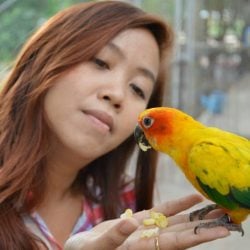 Bird BehaviorJune 6, 2025How Do I Keep My Parrot From Dumping His Food Every Day?
Bird BehaviorJune 6, 2025How Do I Keep My Parrot From Dumping His Food Every Day?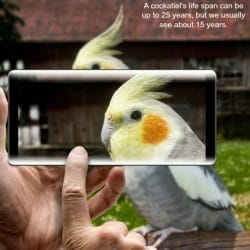 Birds & LightingMay 16, 2025I Am Seeking Clarity About Lighting for My Birds Cage
Birds & LightingMay 16, 2025I Am Seeking Clarity About Lighting for My Birds Cage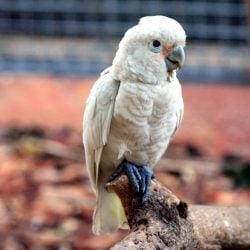 Bird RescueApril 29, 2025How Do We Re-Home a 17 yr Goffin Cockatoo?
Bird RescueApril 29, 2025How Do We Re-Home a 17 yr Goffin Cockatoo?

